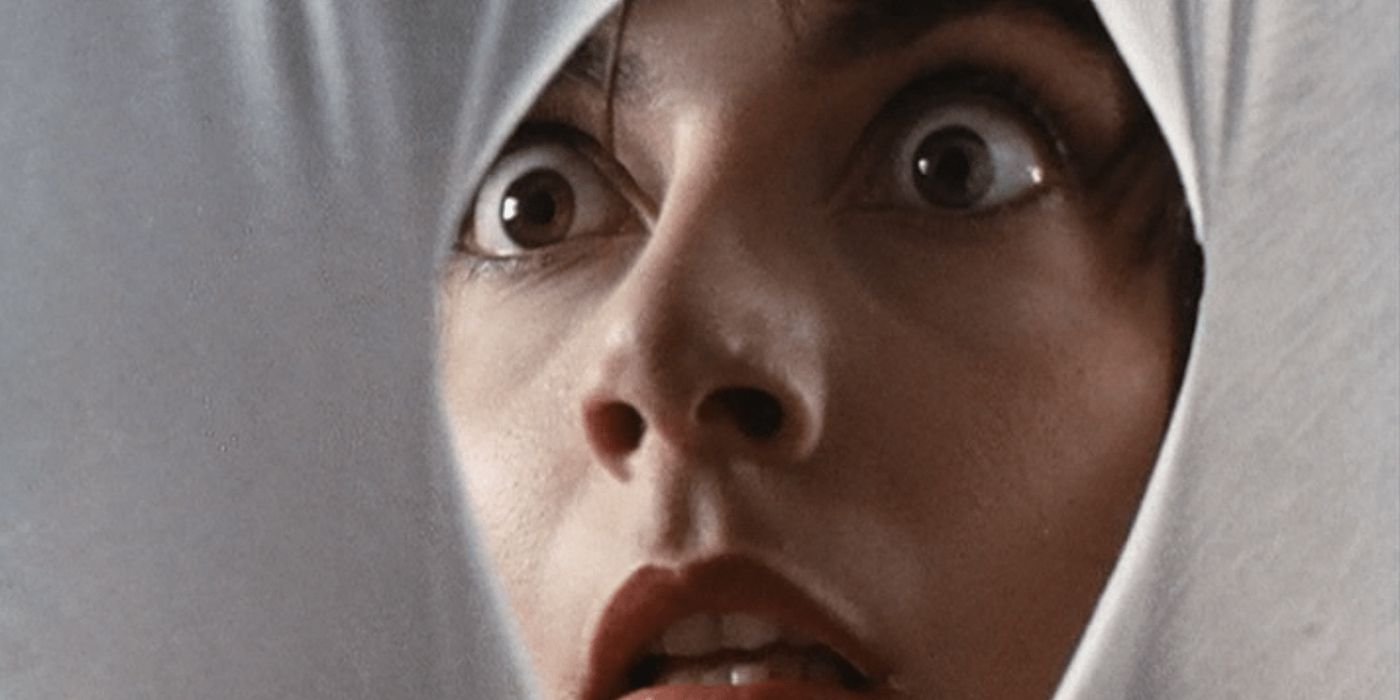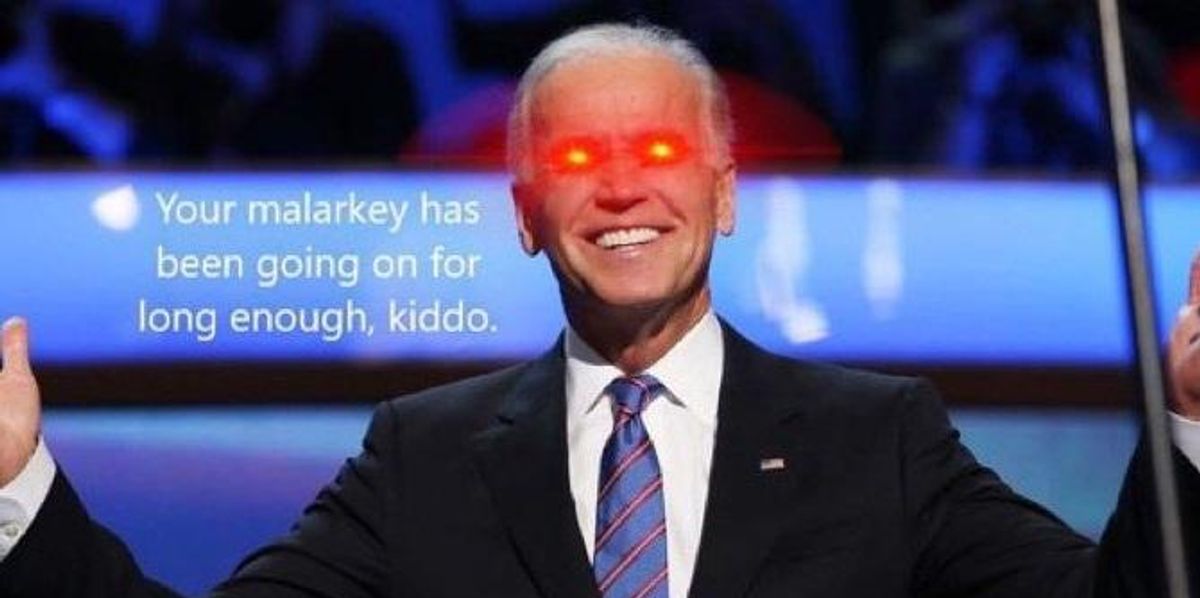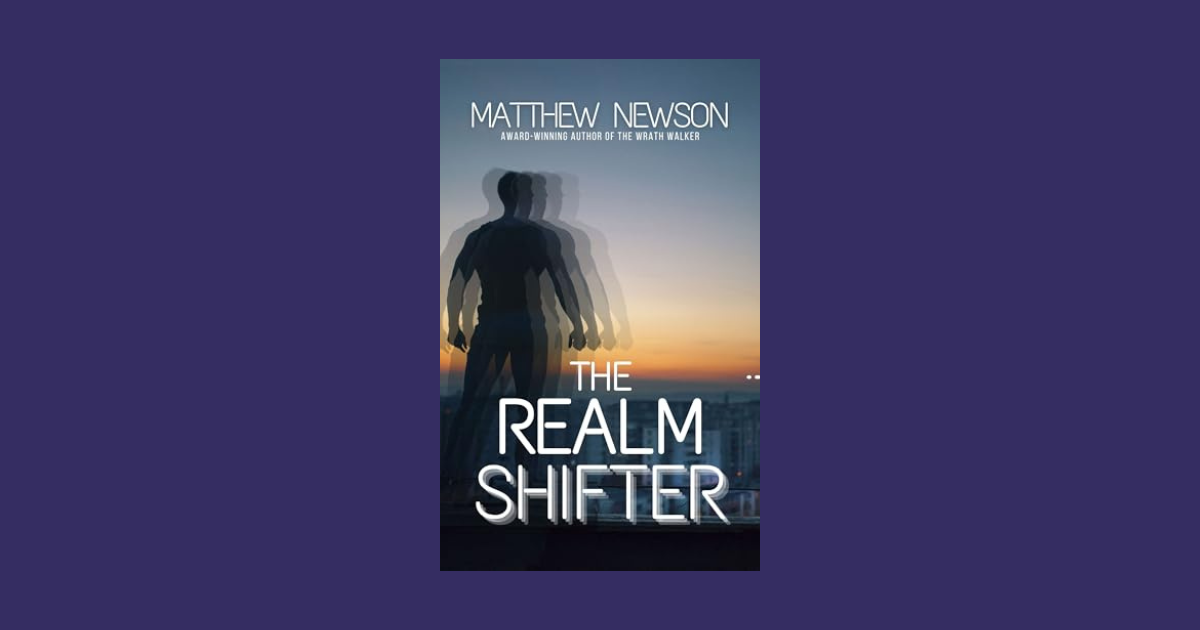Horror has lots of subgenres under its tent. Starting in the 1930s, horror was populated with gothic films and monster movies. Moving into the 70s and more so in the 1980s, the slasher craze took over. This past decade, supernatural and possession films were all the rage. That’s just America though. In the 1960s, a genre in Italy began that, while not entirely mainstream, would produce cult favorites in the States, and influence countless future films. That distinction would belong to the Giallo subgenre, a type of horror film that mixed aspects of slashers with crime and mystery, and usually, a ton of blood. Here are some of the best Giallo films, ones that stand the test of time, and are a must watch today for any fan of horror.
The Girl Who Knew Too Much (1963)
Known as Evil Eye in the United States, this black-and-white picture has the distinction of being called the first Giallo film. Directed by one of the greats of the subgenre, Mario Bava, this one started not only what Giallo plots would contain, but how they would look. Later Giallo films would all be in color, where they would famously be known for focusing not just on the red of the bloodshed, but all the surrounding colors. Bava didn’t have that option, but he makes up for it by leaning into the positives of a black-and-white movie by focusing on light and shadows. The story is about a woman named Nora (Letícia Román) who witnesses a murder committed by a killer who is offing their victims in alphabetical order. The story isn’t one of the best of the genre, but from a technical standpoint, you won’t find many that are more beautifully haunting.
Blood and Black Lace (1964)
The next year, Mario Bava, the godfather of Giallo, would create another classic with this tale about a masked killer murdering models in Rome. Here we get full color and Bava does what he does best with his flair for painting a moving picture. He worked as a cinematographer in his early years and was his own for most of his films. One of the most used tropes in Giallo has always been that the mysterious killer wears gloves, helping to further mask their identity. That started here. The film is filled with blood, but under Bava’s watch, it looks like art rather than an attempt at simply being gory. Dario Argento’s later style would be greatly influenced by this one.
The Bird With the Crystal Plumage (1970)
Speaking of Argento, this is where he makes his first appearance on the list. If Bava was the creator of Giallo, Argento became the man who perfected it and made it so popular. This was the first really popular Giallo entry. It has all the hallmarks of what Argento would be known for, filled with a myriad of bright colors, but it’s not the blood that makes this so memorable. Here we get a Hitchcockian tale about a man and a woman (Tony Musante and Suzy Kendall) who start to investigate a series of murders themselves. It’s what makes the film standout. Some of the early Giallo films might not have always been great stories, but this is one of film’s greatest mystery movies. Argento showed that not only could he scare you, but he could also put you on the edge of your seat.
Short Night of Glass Dolls (1971)
The big three of Bava, Argento, and Lucio Fulci wouldn’t be responsible for this one. The credit for this classic goes to director Aldo Lado. Starring Jean Sorel as an American reporter in Europe looking for his missing girlfriend, this entry doesn’t get the same attention that the big name directors got, but it’s just as good. This film stands out for several reasons, from its haunting and dark subject matter, to the incredible score from the legendary Ennio Morricone, the man most known for composing the unforgettable score to The Good, The Bad, and the Ugly. It goes deeper than most, delving into politics and having to say a lot about the woes of Communism. Right along with the thrills and chills is a Giallo that also has something to say.
A Lizard in a Woman’s Skin (1971)
This was Lucio Fulci’s second Giallo film, and it’s a truly bizarre one. It got a lot of attention for the wrong reasons long ago, with the effects being so realistic, that scenes of violence against animals caused the crew to end up in court to prove that no actual animals were harmed. What will also get your attention is the amount of sexuality involved, with a plot that sees a woman (Florinda Bolkan) who begins to have sex dreams about her neighbor (Anita Strindberg). Of course, the neighbor ends up dead, and our heroine sees the killer in her dreams. It’s an incredibly artistic, dreamlike film with lots of shocks you don’t see coming, which was standard for the subgenre. It also veers into another part of the Giallo trope by taking a more supernatural turn.
Bay of Blood (1971)
Mario Bava is back on the list with his most well known film, one so influential that Friday the 13th would blatantly rip off its clever kills. Halloween may be credited as the first of the popular slashers, but before it was this one. Here you get the over-the-top gruesome kills that the 80s masked villains would be known for, as well as the killer’s POV and teens being killed in the woods. The plot is kind of forgettable, but it’s not what you’re here for. It’s the inventiveness and the audacity of the kills that makes it a classic. While Friday the 13th would have Tom Savini as the master behind its effects, Bava hired Carlo Rambaldi to bring the death scenes to life. It’s no surprise how well it works, as Rambaldi would later win Oscars for Alien and E.T. Though the plot is hit-and-miss, the shocking ending is a knockout.
Don’t Torture A Duckling (1972)
Fulci appears again with a plot that is a little different from most Giallos, for here it’s small children that are being killed. As the town turns on each other, it’s up to a few cops and a reporter (Tomas Milian) (there always seems to be a reporter in Giallo) to find the person responsible. We watch the town’s residents fall apart, placing blame on each other, which allows for a lot of red herrings. There’s a political undertone about how we treat women and foreigners, the exploitation of children, and the sins of religion. The music is powerful, almost becoming its own character. Throw in the usual awe-inspiring Fulci visuals, and you get a Giallo you’ll never forget.
What Have You Done To Solange? (1972)
This is another not directed by the big three, which means it unfortunately doesn’t get enough of the attention it deserves. Directed by Massimo Dallamano, this was the first of his Schoolgirls in Peril trilogy. He would die before being able to make the third film, but gets credit for writing it. This Giallo will rip your heart out. Not literally, for there’s little blood to be found, but the story gets under your skin. When a girl at college is murdered, a philandering teacher (Fabio Testi) is accused of the crime. As more girls are murdered, it’s revealed that they are all friends of a missing student named Solange (Camille Keaton). With the killer dressed as a priest, we have another Giallo that chooses this format to speak on the sins of religion and Catholicism in particular.
Deep Red (1975)
Perhaps the most famous and best of the Giallo films is this one from Dario Argento. We get every trope. The killer is a mysterious figure wearing black gloves. (Argento actually portrayed the covered hands of the killer in his films.) There is a reporter (frequent Argento collaborator and mother of his child, Daria Nicoldi) investigating the crime, along with a sidekick (David Hemmings). There are copious amounts of blood and a score by Giallo regulars Goblin that is one of the best of the genre. And as usual, it’s all done with the stellar visuals that Argento is famous for. Argento didn’t create anything new with this one, but it’s here that he perfected it. And if that’s not enough for you, Deep Red also has some of the scariest doll scenes you’ll ever witness.
Tenebrae (1982)
Rounding out the list is Dario Argento one more time. There are so many of his films that could be included, but this is the only one that’s inspired from a truly scary time in Argento’s real life. After crazed fans sent him death threats, Argento got the idea and wrote the script for this tale about a novelist (Anthony Franciosa) who is trying to track down a killer who is murdering people based on his works. As Giallo’s popularity and creativity was starting to die out in the early 1980s, Argento fought back with a personal film, a meta one, that while a bit outlandish at times in its plot, is saved by its clever kills, great characters, and as always, top-notch camera work and hard hitting score.
























































![Key Metrics for Social Media Marketing [Infographic] Key Metrics for Social Media Marketing [Infographic]](https://www.socialmediatoday.com/imgproxy/nP1lliSbrTbUmhFV6RdAz9qJZFvsstq3IG6orLUMMls/g:ce/rs:fit:770:435/bG9jYWw6Ly8vZGl2ZWltYWdlL3NvY2lhbF9tZWRpYV9yb2lfaW5vZ3JhcGhpYzIucG5n.webp)


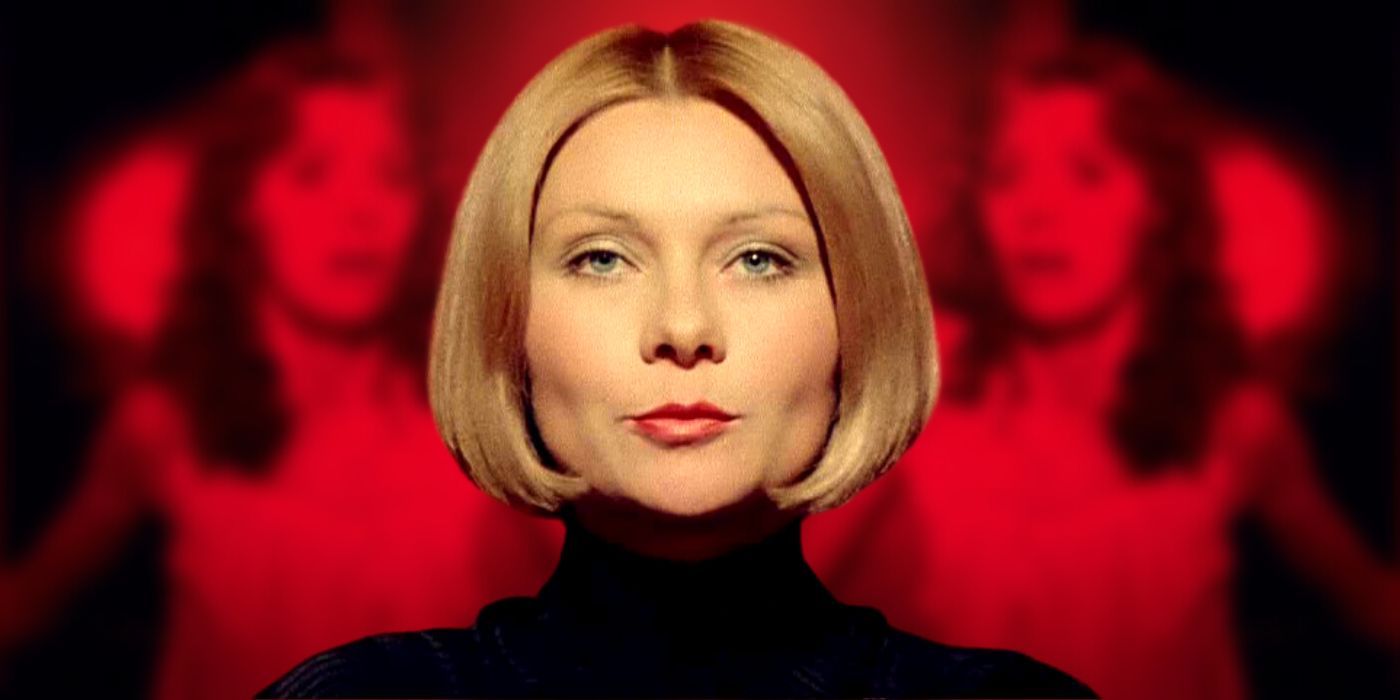
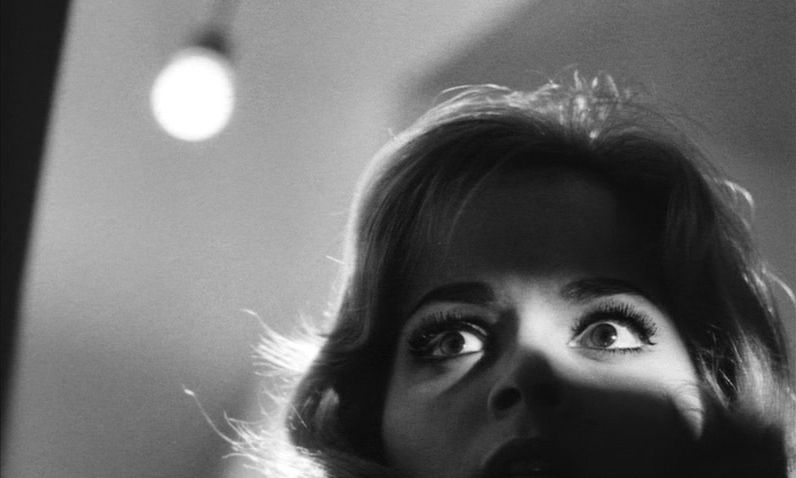
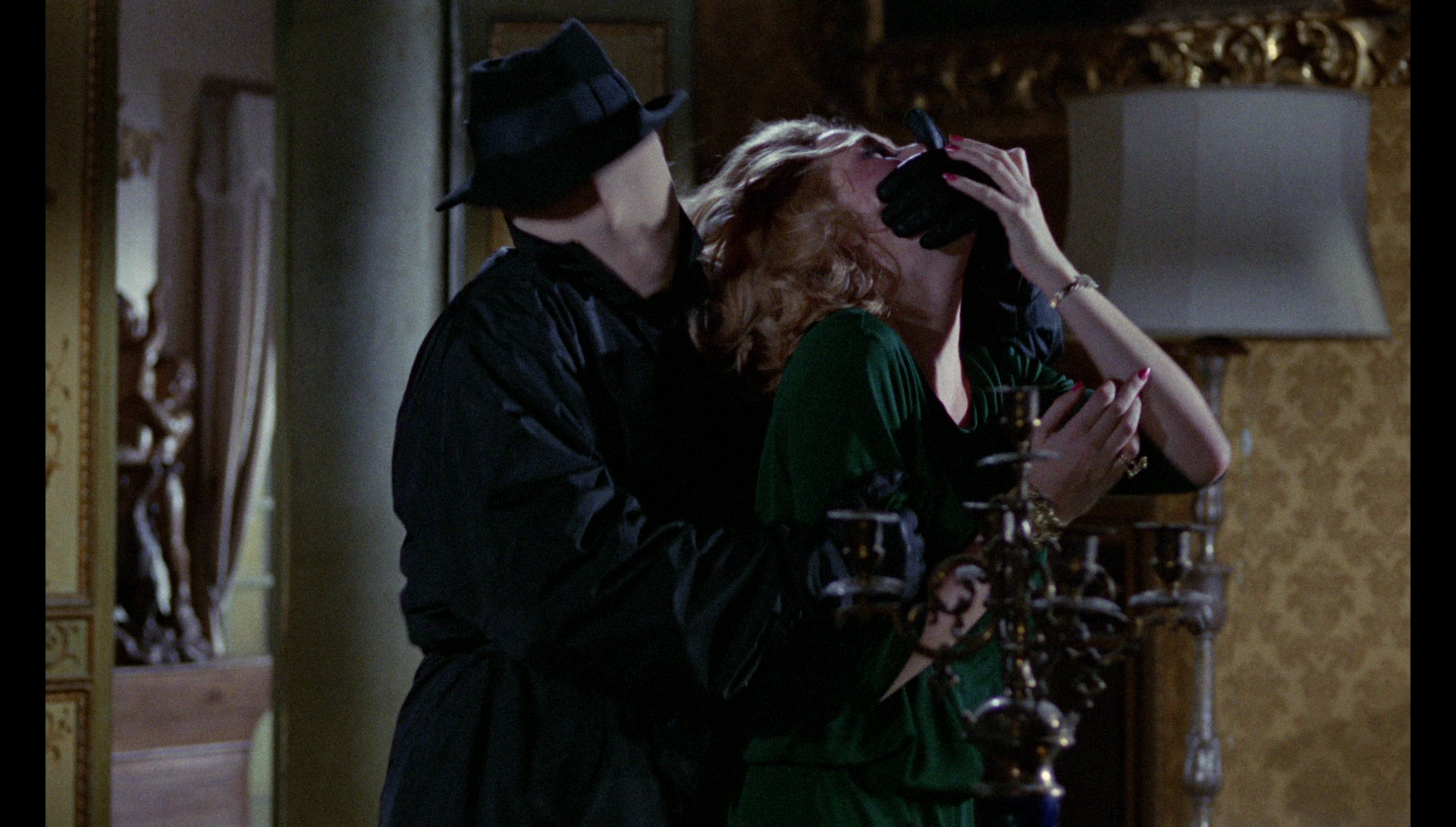
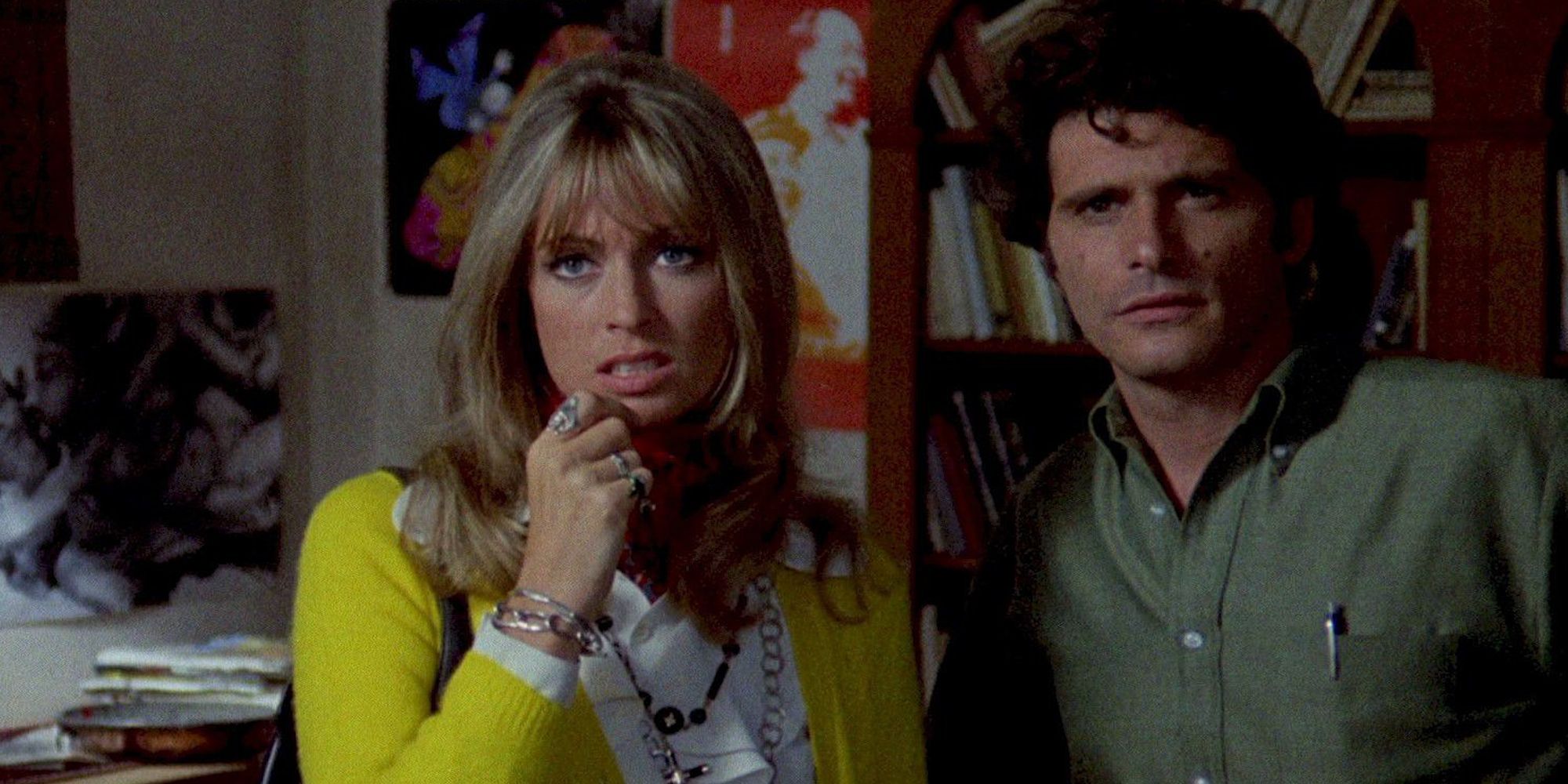
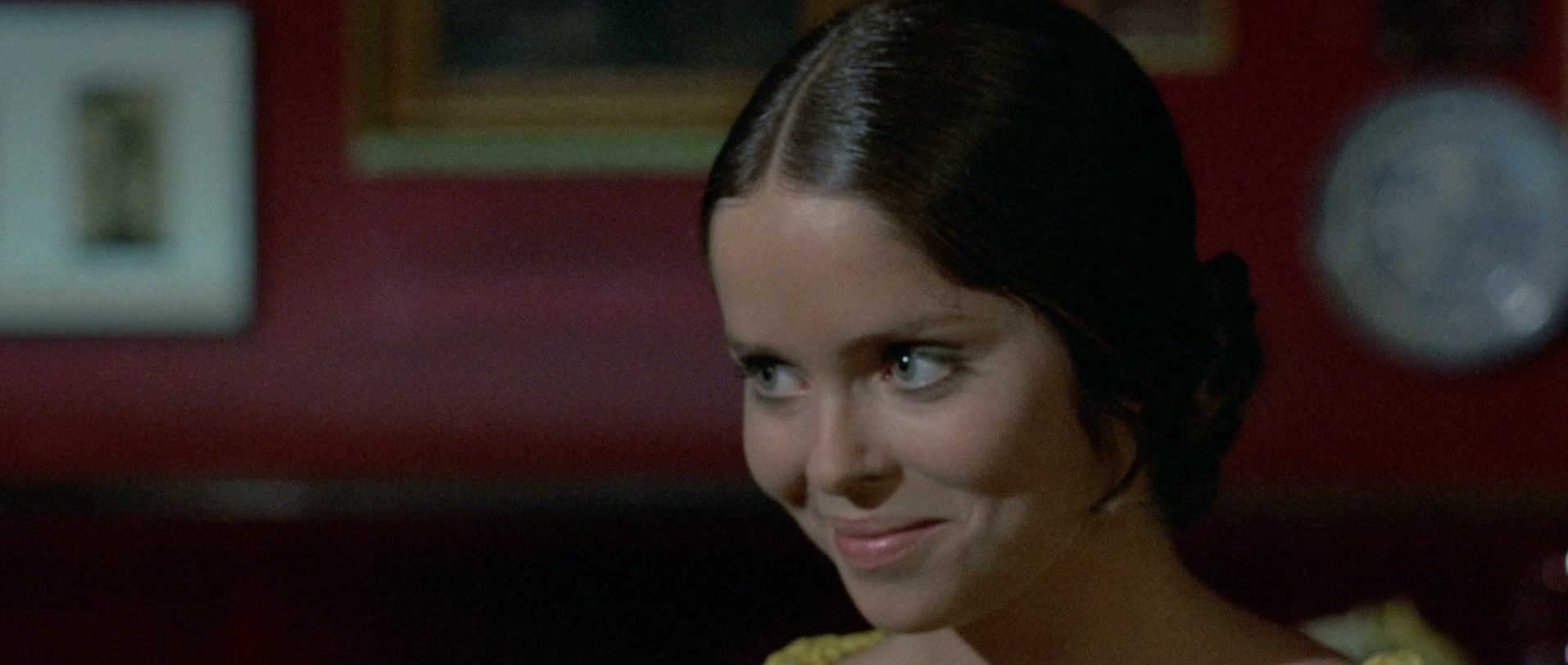
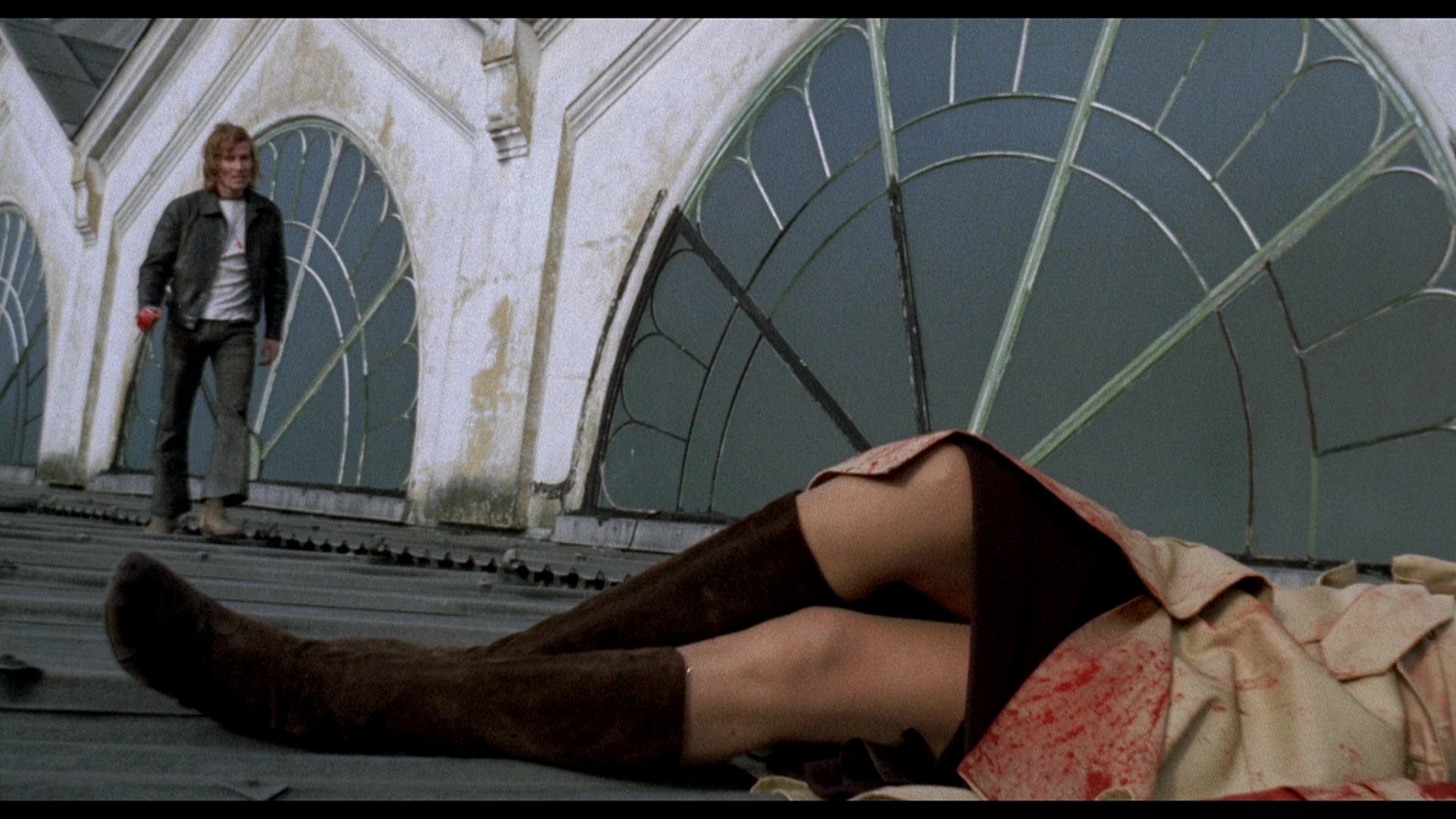
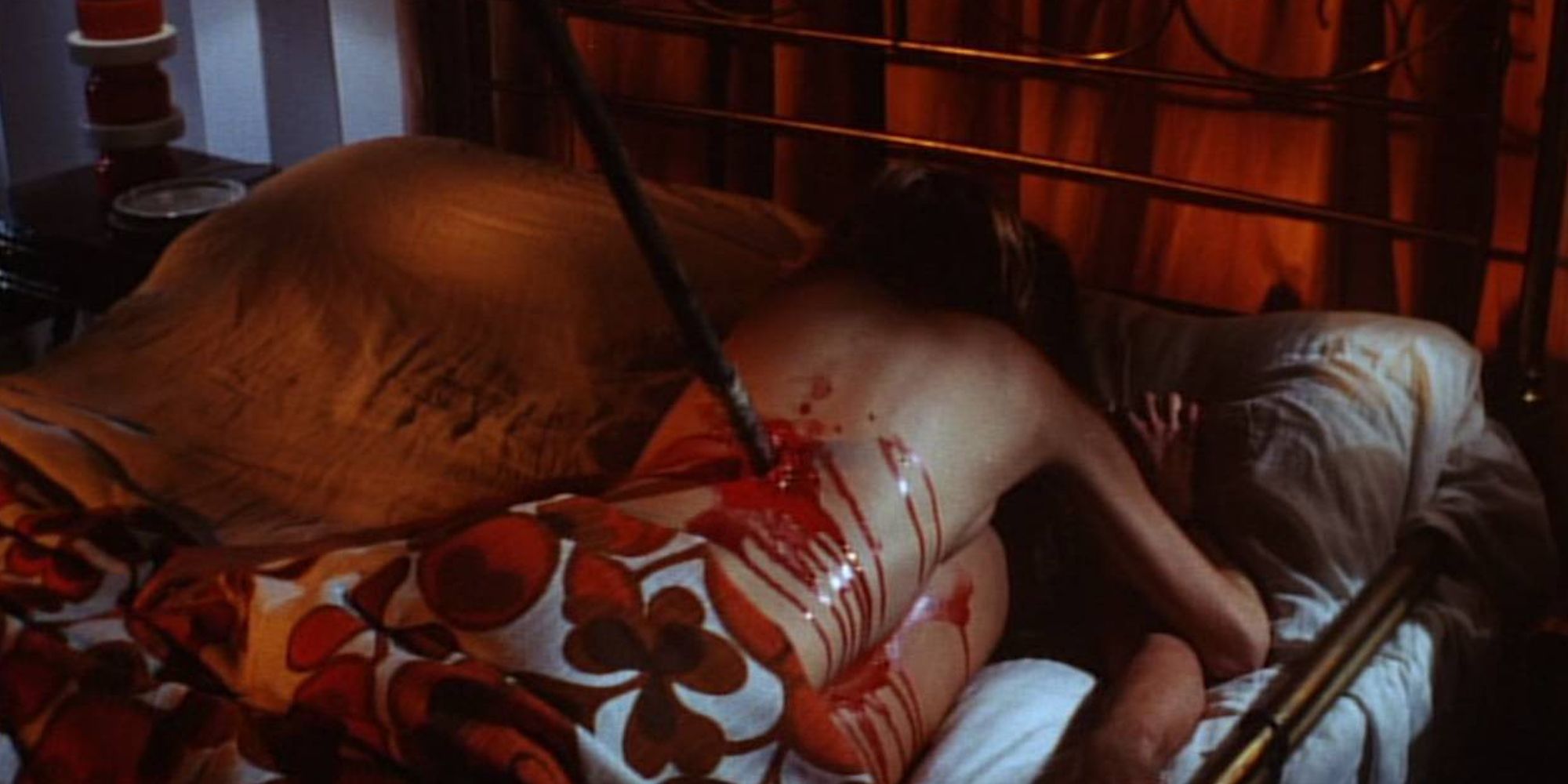
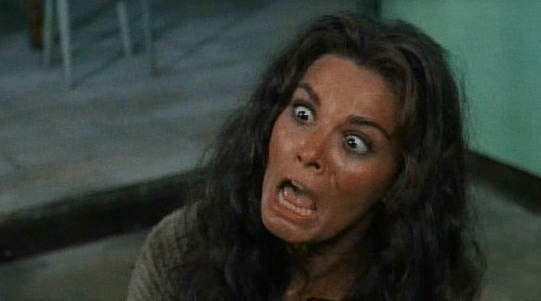
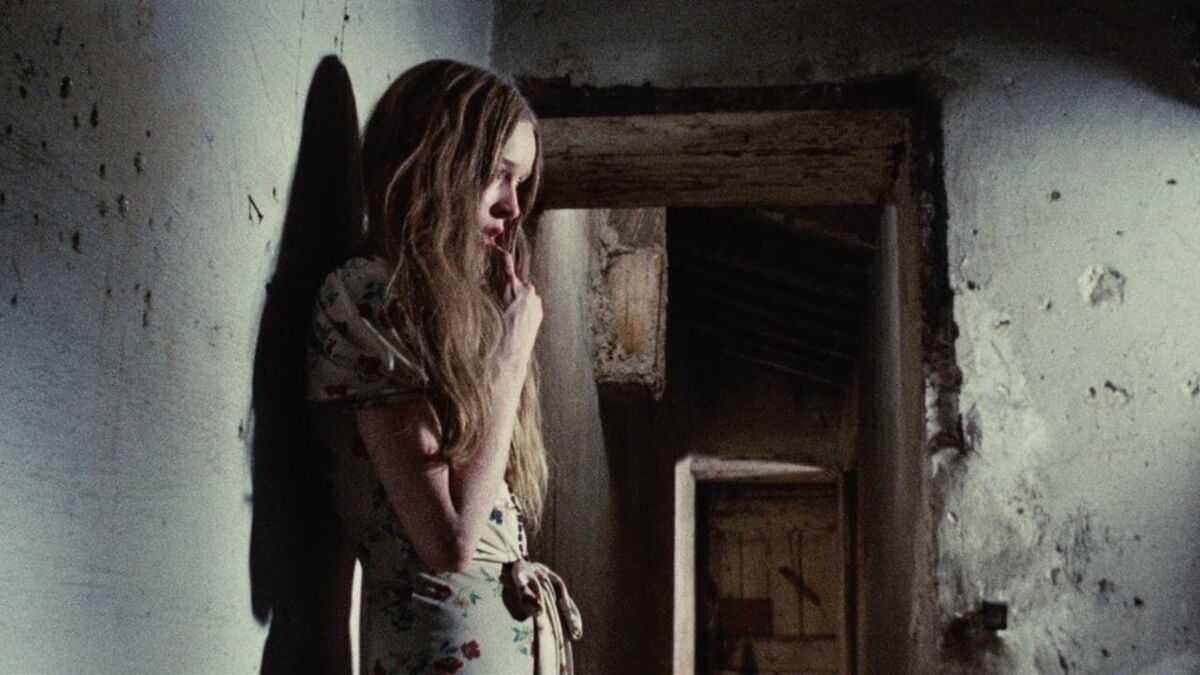
.jpg)
